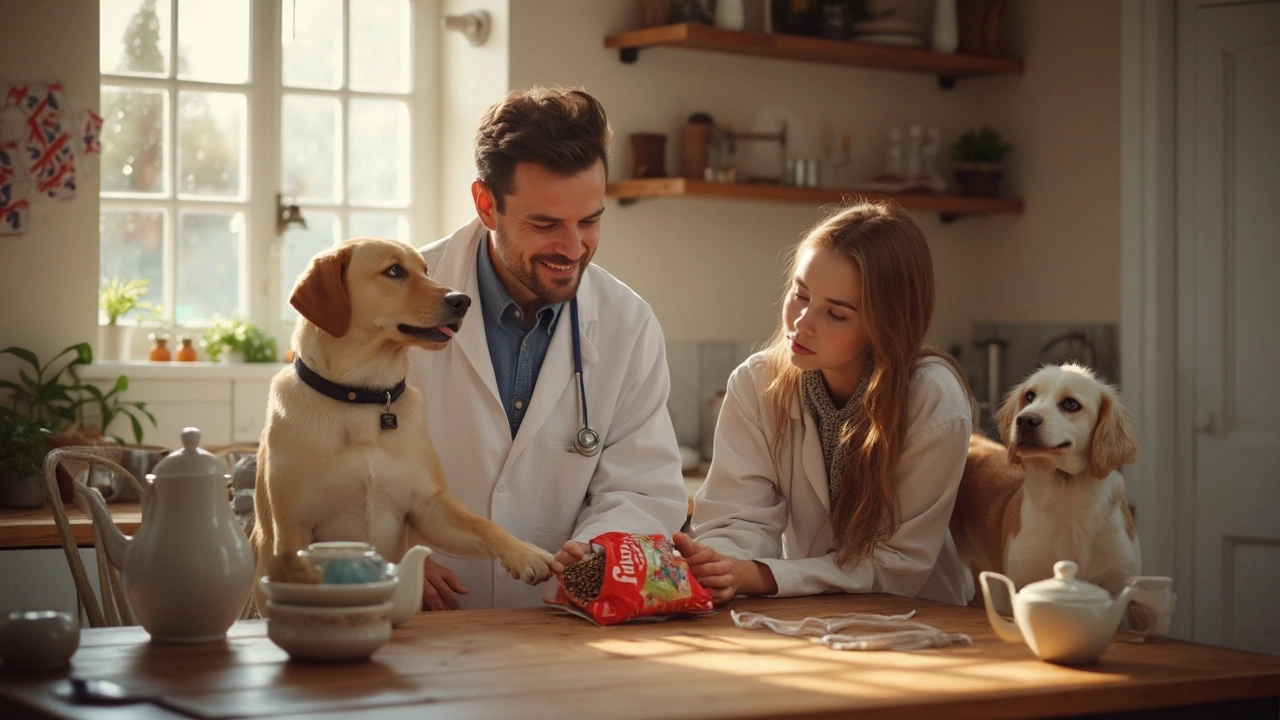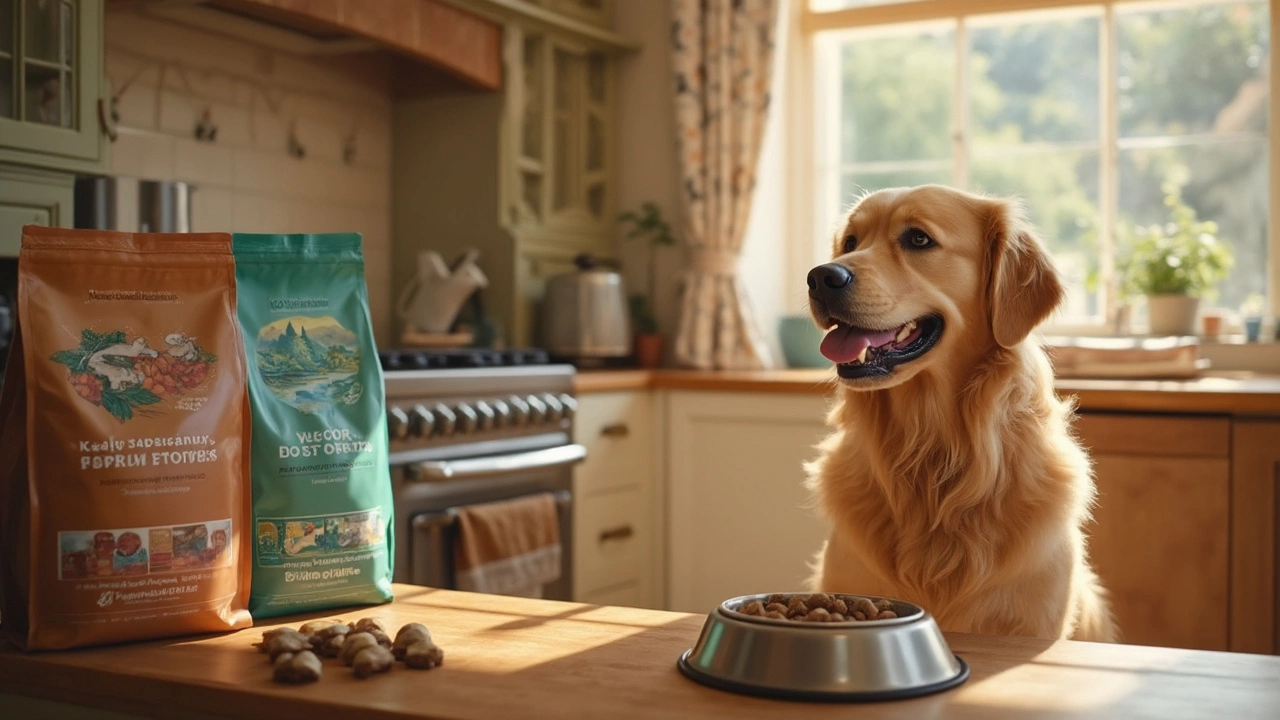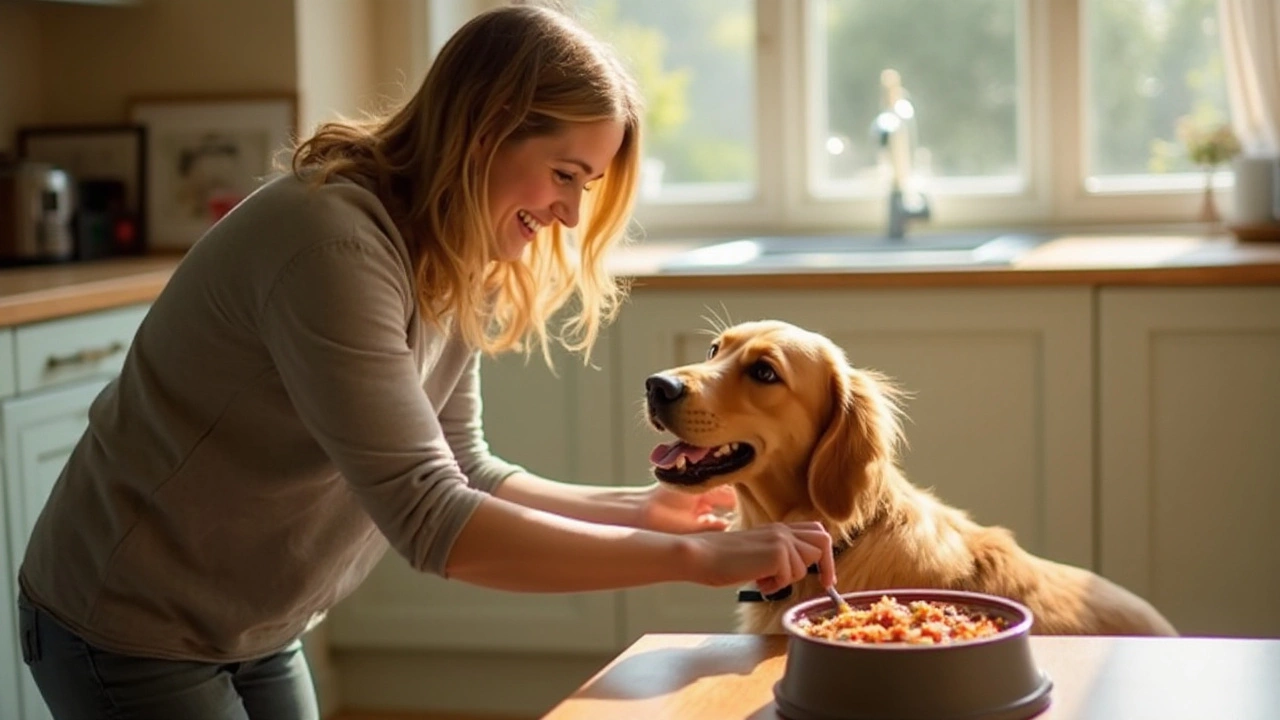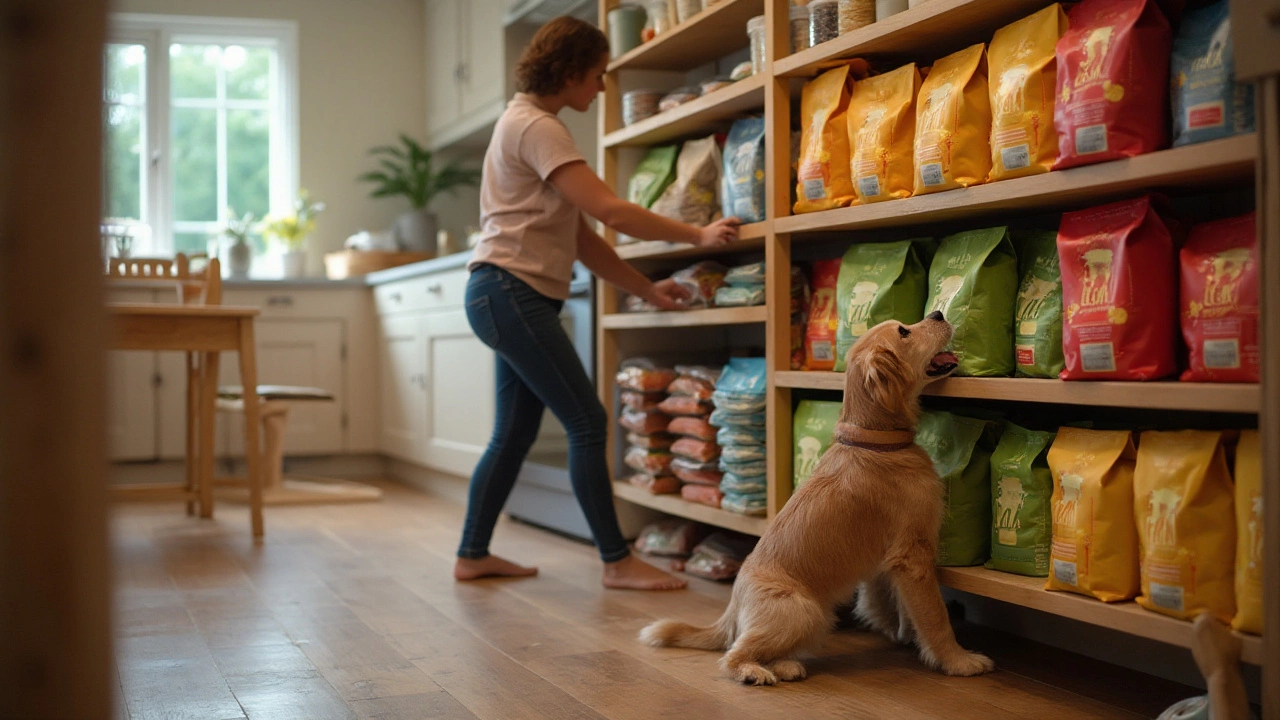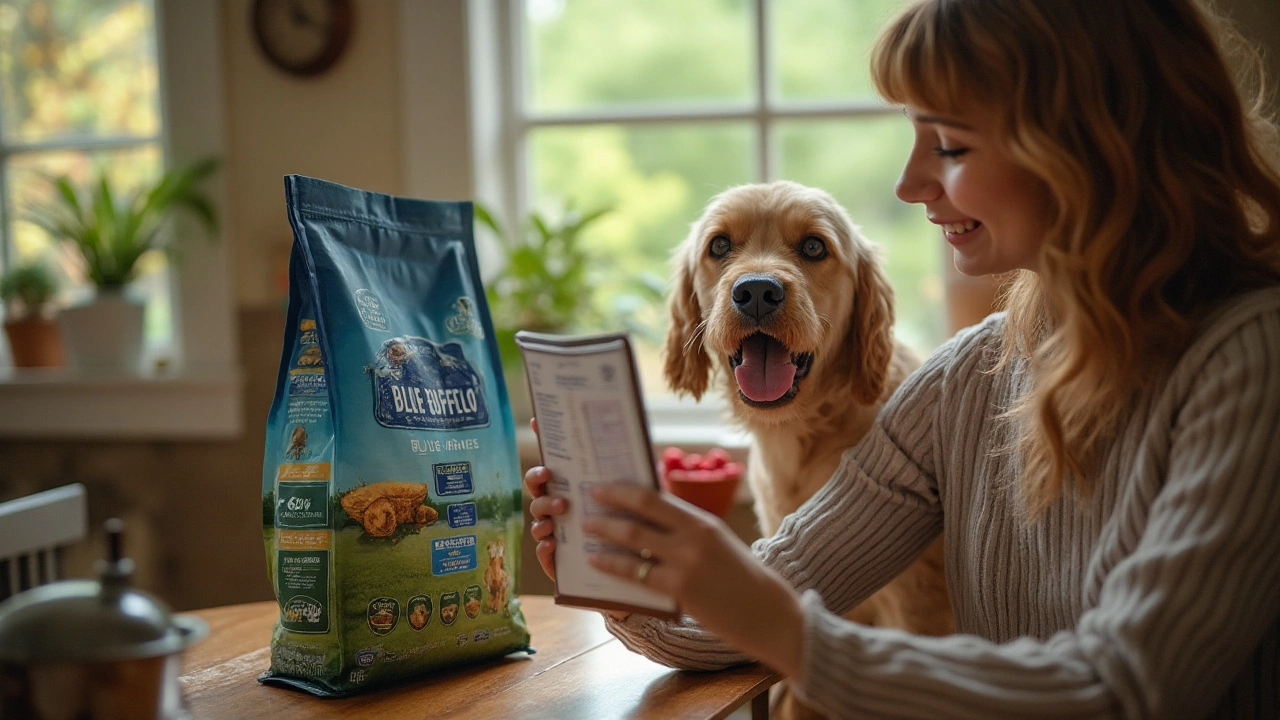Dog Food Guide: What to Feed Your Dog for Health and Happiness
Feeding a dog might feel simple, but a few wrong choices can cause big problems. Below you’ll find clear advice on picking commercial kibble, spotting dangerous ingredients, and cooking safe meals at home.
Choosing Commercial Dog Food
Look at the ingredient list first. The best brands start with a real protein source—chicken, beef, or fish—right at the top. If you see "by-products" or "meal" before the meat, the protein quality is low.
Check the guaranteed analysis. Protein should be at least 18% for adult dogs and 22% for puppies. Too much filler like corn or wheat can lead to weight gain and allergies.
Watch for common allergens. Some dogs react to dairy, soy, or certain grains. If your pup has itchy skin or digestive upset, try a limited‑ingredient formula that omits the usual suspects.
Read the label for added vitamins and minerals. A good diet includes calcium, phosphorus, and omega‑3 fatty acids. Salmon oil, for example, supplies EPA and DHA, which support coat shine and joint health.
Making Homemade Dog Food Safely
Cooking for your dog lets you control every ingredient, but you must avoid foods that are toxic to canines.
Never add onion, garlic, grapes, raisins, chocolate, or xylitol. Even a small bite can cause vomiting, kidney failure, or low blood sugar.
Balanced homemade meals need protein, carbs, and vegetables in the right ratios. A simple rule is 40% protein, 30% carbs, and 30% veggies. Use lean meat, cooked rice or sweet potato, and steamed carrots or green beans.
Supplement the diet with essential nutrients. Dogs need calcium (bone meal or ground eggshell), vitamin E, and a modest amount of fish oil. If you’re unsure, ask your vet for a custom supplement plan.
Avoid feeding raw bone, which can splinter and cause internal injuries. Cooked bones are safe but should be large enough not to be swallowed whole.
Portion size matters. A 20‑pound dog typically eats about 1 cup of kibble or 400‑500 g of homemade food per day, split into two meals. Adjust up or down based on activity level and body condition.
Store leftovers in airtight containers and refrigerate within two hours. Use them within three days, or freeze for up to two weeks.
If you notice any change in appetite, stool, or energy after switching foods, go back to the previous diet and consult your vet.
Remember, the goal is a happy, thriving dog, not a complicated recipe book. Stick to safe ingredients, keep portions right, and you’ll see the benefits in your pet’s coat, mood, and longevity.

